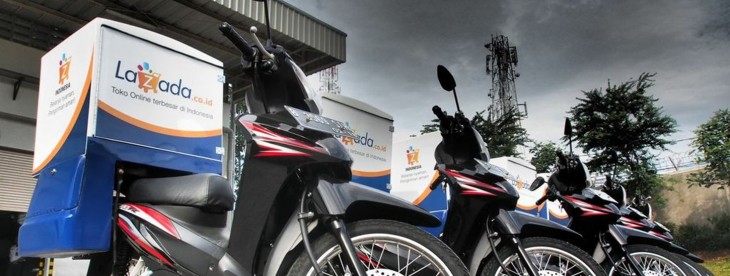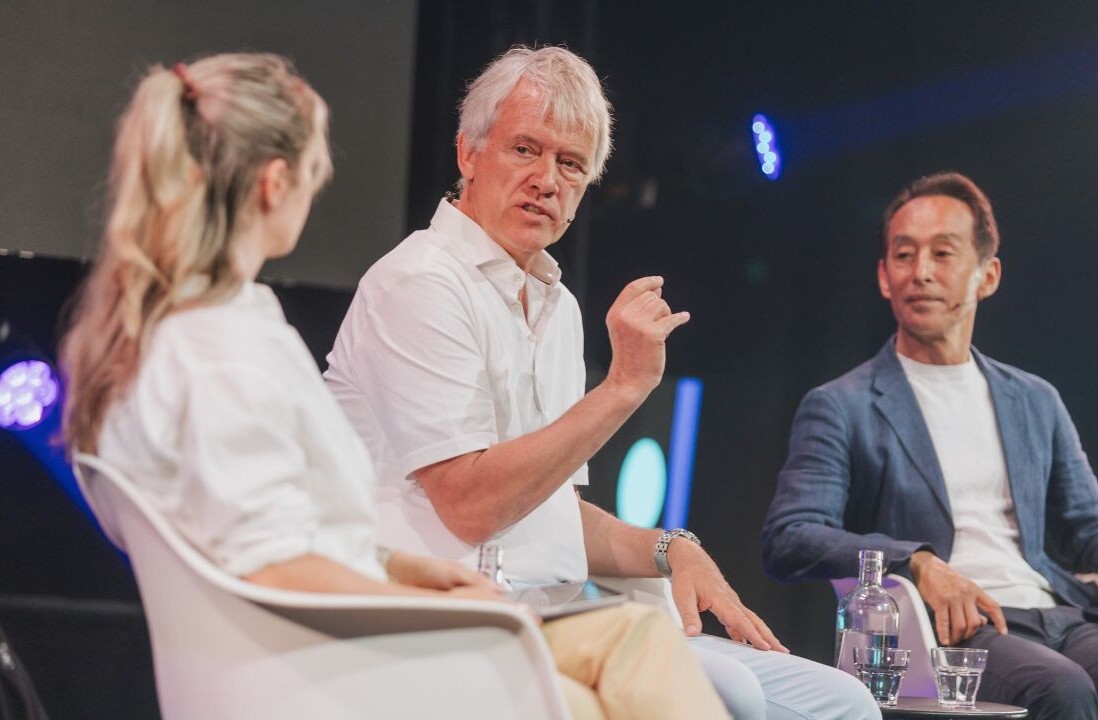
Earlier today, Singapore-based online grocer Redmart closed a Series A round of more than $3 million to take its total investment to $4.6 million. That deal was significant not only because it was such a large amount for a company based in one (small) market, but also for a more interesting reason: the funding was provided by a tech company, not a venture capital firm.
Garena, a fellow Singapore-based company that provides chat and games services, fronted the capital in what is the latest example of a startup raising investment from a non-traditional investor.
In the US, investment from companies is not unheard of, but it certainly isn’t as common as it is in Southeast Asia, and the rest of Asia more broadly. Sony, for example, holds stakes in numerous companies, while Samsung recently invested in fellow phone-maker Pantech and struggling Japanese chip firm Sharp without acquiring either.
So what are the issues at play behind deals like Redmart-Garena?
Strategic
Investing in a fast-growing business that has commonalities with your own can be strategic for companies like Garena.
On the face of it, gaming and groceries may seem like odd bedfellows. However, like the messaging companies Line, WeChat and Kakao Talk, Garena’s platform is aimed at bringing users back on a daily basis — for games — but there’s no reason why its services should begin and end with gaming.
The overnight introduction of a full-on option to buy your weekly essentials while you battle it out in the latest RPG is not realistic, but an ambition to go beyond providing one service to offer multiple services from the same platform is valuable for both user — who enjoys convenience — and the provider — which has more revenue opportunities.
That’s likely an option that Garena is currently exploring the possibilities of.
One founder I spoke to recently — and we’ll leave his name out of this — likened the minority investment that a global-focused Asian company put into his business to an ‘engagement’ before ‘marriage’. The latter, of course, implies a full acquisition, and in that scenario the investment is a testing of the waters or a move to lock down first refusal on a promising company.
From an investee’s perspective, the fact that a seasoned management team is backing their business can reap real benefits.
Arguing the positive, Bernard Leong — co-founder of tech blog SGE.io and a regular pundit on Singapore’s startup scene — believes entrepreneurs are positioned to do a better job of nurturing in Southeast Asia than venture capitalists.
Leong argues that founders of successful companies are more desirable “because they are good operators and will advise them properly on how to run a business” — that’s in comparison to many investors in Singapore who often have a background in investment banking and analytics with less experience actually executing.
Money-making
Southeast Asia and other parts of Asia remain nascent Internet markets, online shopping is one area in particular that lags behind the US and Europe. I could buy my groceries online when I lived in London in 2008 (and probably earlier), yet in Bangkok only a select number of retailers offer a comparable service…and it comes with limitations.
The ‘e-commerce opportunity’ is best highlighted by Rocket Internet, which raised $100 million rounds for electronics-focused Lazada and fashion-focused Zalora; the German firm just inked a fresh reservoir of $0.5 billion which it intends to dish out to its e-commerce startups that are growing in emerging markets, including Asia, Latin America, Africa and the Middle East.
With that in mind, Garena’s $3 million plus investment will be worth a sizeable payout if Redmart catches the eye of an international firm seeking to expand into Southeast Asia’s growing Web retail space.
Because Series A ‘doesn’t exist’ in Southeast Asia
However, theories aside, it’s hard to ignore the bare fact that a startup like Redmart, which claims 70 percent quarterly growth, has taken a non-traditional funding route at this critical juncture.
There’s no doubt that seed-stage investment opportunities are growing in Southeast Asia, thanks to a range of factors like the increasing number of entrepreneurs turning investors after exits and the growth of incubator programs that are hatching more business-ready startups, but one theory behind companies stepping into the investor role is that the ecosystem in Southeast Asia simply doesn’t support Series A (and beyond) level funding.
“Props to any company that goes out and raises money to grow their business, it’s super hard to do anywhere in the world and in Southeast Asia especially,” Isaac Souweine, who formerly headed up seed-stage investor firm Pollenizer in Southeast Asia and was formerly with Yahoo, told me.
“It’s great that companies in Singapore (such as Singapore Press Holdings, Mediacorp, now Garena) are supporting startups and investing in the future,” Souweine adds. “But, all that said, when a games startup (albeit a very profitable one) is backing a grocery delivery company to the exclusion of traditional venture money, it says something about the continued weakness in post-seed stage capital for Singapore and Southeast Asian startups.”
Against a backdrop of companies that seek to be regional, Redmart founder Roger Egan told TNW this week that the company has no immediate plans to expand out of Singapore, but it will look to raise further funding in late 2013 to expand next year. He hinted that Malaysia and Hong Kong, two of the region’s more developed economies, could be the next stops for Redmart — but that immediate desire to stay in Singapore may have counted against it for its Series A fund-raising.
Leong believes that some investors doubted Redmart’s ability to scale outside of Singapore because they looked at facts and figures rather than considering ‘real-world’ factors.
“The problem with their thinking is that economies of scale for all startups are built through customer base and revenues and not by their financial engineering excel spreadsheets,” he explains.
Leong previously voiced his belief that Series A rounds “don’t exist” in Southeast Asia, and today he added further fire, telling me that the Redmart round “clearly shows that there is no Series A venture capital in Southeast Asia, and it’s better that we call out the so called ‘Series A’ venture capitalists in this market as growth financiers than letting them masquerading as proper VCs.”
There is, of course, another side to the argument. Steven Goh, co-founder and CEO of messaging service Mig33, disagrees that company funded investment is a concern for Southeast Asia.
“There’s a perception that a real series A looks like the ones we hear about in Silicon Valley, other first world countries or China, but Southeast Asia doesn’t have the same track record,” he says, explaining that many venture funds are based on the recycling of cash from exits, and Southeast Asia is still to see a big exit.
“In many ways, the region feels like China in 2003. It should make sense, but there are no exits of real scale yet. So it’s no wonder the funds are what they are by size and investing patterns.”
Goh, who has raised more than $30 million for Mig33 from the likes of US-headquarterd Accel, Australia’s Technology Venture and others, also believes that entrepreneurs in Southeast Asia “typically don’t have the right expectations”, but he is very optimistic about the region as a market for startups.
“If there is one thing that fixes it all, it’s a landmark exit,” he says. “That sets the patterns up for the whole chain: reinvestment, heuristics, etc.
“But for now, I wish people in Southeast Asia would stop complaining about the environment. One the reason why we have an opportunity out here is entirely because this region is less mature, and the numbers and metrics say it can support success.”
This is a debate that looks set to run and run. From another perspective, the so called ‘Series A crunch’ in Southeast Asia means that companies which successfully emerge with funding are already generating impressive review and pushing to have a regional presence. That may make the conditions for raising money challenging, but it means that there are few business without a business model, which arguably makes them for them for ripe for that ‘big exit’ that could change everything.
Images via Thinkstock, Thinkstock, Lazada, Thinkstock, Thinkstock
Get the TNW newsletter
Get the most important tech news in your inbox each week.










